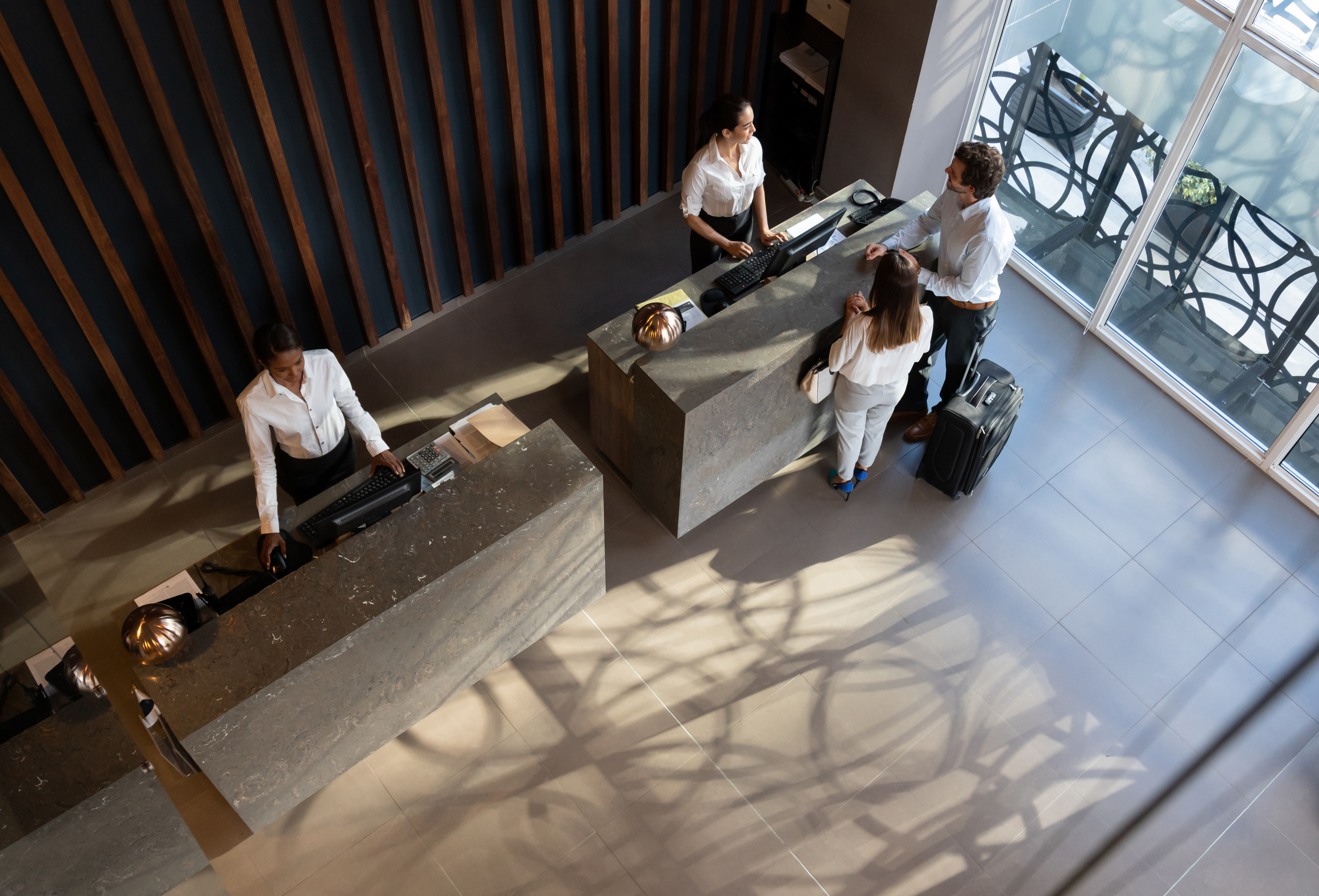It has been evident that despite the significant challenges and hurdles faced by the lodging
industry since the onset of the pandemic, the volume of hotel restructurings and workouts has been
a far cry from the volume experienced during the Great Recession. Indeed, the factors contributing
to each one of these significant events are completely different; one the result of financial
imbalances, primarily in the housing sector and the other caused by an external factor, the
coronavirus disease. Interestingly, while the impact on the lodging sector was devastating as a
result of COVID-19, there was a common denominator across lenders in the sector that led to a
period of “wait-and-see” vs. what was otherwise anticipated to be a period of significant workouts,
restructurings, foreclosures, and distressed hotel sales: uncertainty. Moreover, significant capital
was raised and ready to pickup trades at significant discounts which in most cases never
materialized.
But what exactly does this “wait-and-see” period look like behind the scenes? In our work
and conversations with numerous financial institutions, we saw instances where lenders simply
opted to execute 18 to 24-month forbearance agreements, understanding that recovery across the
lodging sector was likely going to occur over a longer term. In other cases, this period became a
constant battle between the borrower’s efforts to keep hotels open, retain staff, avoid loan default
or foreclosure, and the lenders’ reluctancy to take back an asset that was bleeding cash and could
ultimately sell at a price below pre-pandemic levels and yield a significant impairment to the
banks’ loan basis. This “battle” was not necessarily the most prevalent scenario as we know of
multiple instances where borrowers and lenders negotiated in good faith to find a path forward that
worked for both parties.
In this presentation I am sharing the highlights of one of our multiple engagements that I
trust will provide you with some insights on the intricacies behind a hotel workout during the
pandemic. The subject is a +300-room, full-service branded hotel located in Manhattan. The lender
had a debt position of approximately +$50M. In April 2020, the impact of COVID 19 caused the
borrower to default on its debt service obligations and forced the temporary halt of the construction
work that was being performed as part of a +$10M Property Improvement Plan (“PIP”). The
Borrower communicated to the lender its intention to provide a Deed in Lieu of Foreclosure unless
the parties were able to work towards a mutually agreed forbearance period and debt restructure.
The following is a recap of some of the key events that took place over the next 12 months:
- Borrower submitted a loan restructuring proposal which required the lender to reduce the loan balance by approximately 40%, among other things. Negotiations progressed unsuccessfully over the course of 2 months.
- The lender commissioned the development of prospective value conclusions for alternative exit scenarios based on different market recovery assumptions.
- The parties successfully negotiated and executed a forbearance agreement which waived debt service payments for six months as well as all accrued default interest and late penalties. The agreement also called for weekly calls with the general manager, the implementation and tracking of a 13-week cash flow.
- Construction activities in connection with the PIP resumed since a completion guarantee from the borrower was in place.
- Given that all alternatives were still on the table including a potential tender by the borrower, an RFP process was conducted to evaluate a select a new operator. Upon selection a hotel management agreement was negotiated and executed.
- The hotel is subject to a ground lease that was impairing the parties’ ability to restructure the loan unless some relieve was granted by the ground lessor. Negotiations were unsuccessful.
- A three-month forbearance extension was executed by the parties to allow further time to negotiate a restructuring. However, since the PIP had already been completed and the borrower was no longer subject to the completion guarantee, the borrower was no longer willing to fund cash flow shortfalls. The lender agreed to make protective advances to avoid a potential tender by the borrower.
- Two subsequent three-month forbearance extensions were executed. During this time the parties continued negotiations (unsuccessfully) and the lender prepared internally for an imminent take over.
- A key issue that generated pause was the lender’s requirement to assume the franchise agreement which carried a $3-million key money note. After several months of negotiation with the brand, a waiver was negotiated along with a new franchise agreement.
Twelve months after the initial default by the borrower, the bank ultimately took possession
of the hotel via a deed-in-lieu of foreclosure. During this time numerous other tasks took place
such as reviews of the hotel’s historical and projected performance, review and approval of annual
budgets, assessment of the short-term and long-term liquidity prospects of the hotel, booking pace
and capital requirements, etc. Both parties were seeking to buy themselves additional time to better
understand their options; however, the then prevalent uncertainty did not provide enough visibility
on the prospects for the recovery of the industry, and it wasn’t until well into the second round of
immunizations that the lender opted to transition ownership. This may now become a new trend
with lender, as industry performance continues its recovery trajectory and lenders’ willingness to
cooperate begins to fade.
This article is part of our Conference Materials Library and has bonus content, like a PowerPoint counterpart, that can be accessed in the Resource Library.
HospitalityLawyer.com® provides numerous resources to all sponsors and attendees of The Hospitality Law Conference Series (Houston and Washington D.C.). If you have attended one of our conferences in the last 12 months you can access our Travel Risk Library, Conference Materials Library, ADA Risk Library, Electronic Journal, Rooms Chronicle and more, by creating an account. Our libraries are filled with white papers and presentations by industry leaders, hotel and restaurant experts, and hotel and restaurant lawyers. Click here to create an account or, if you already have an account, click here to login.




Leave a Reply